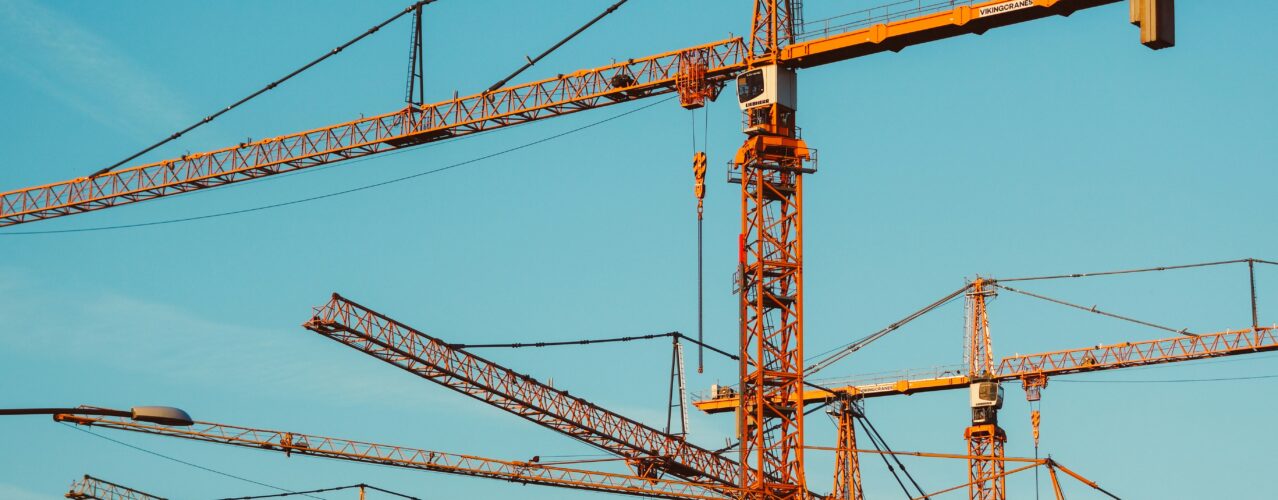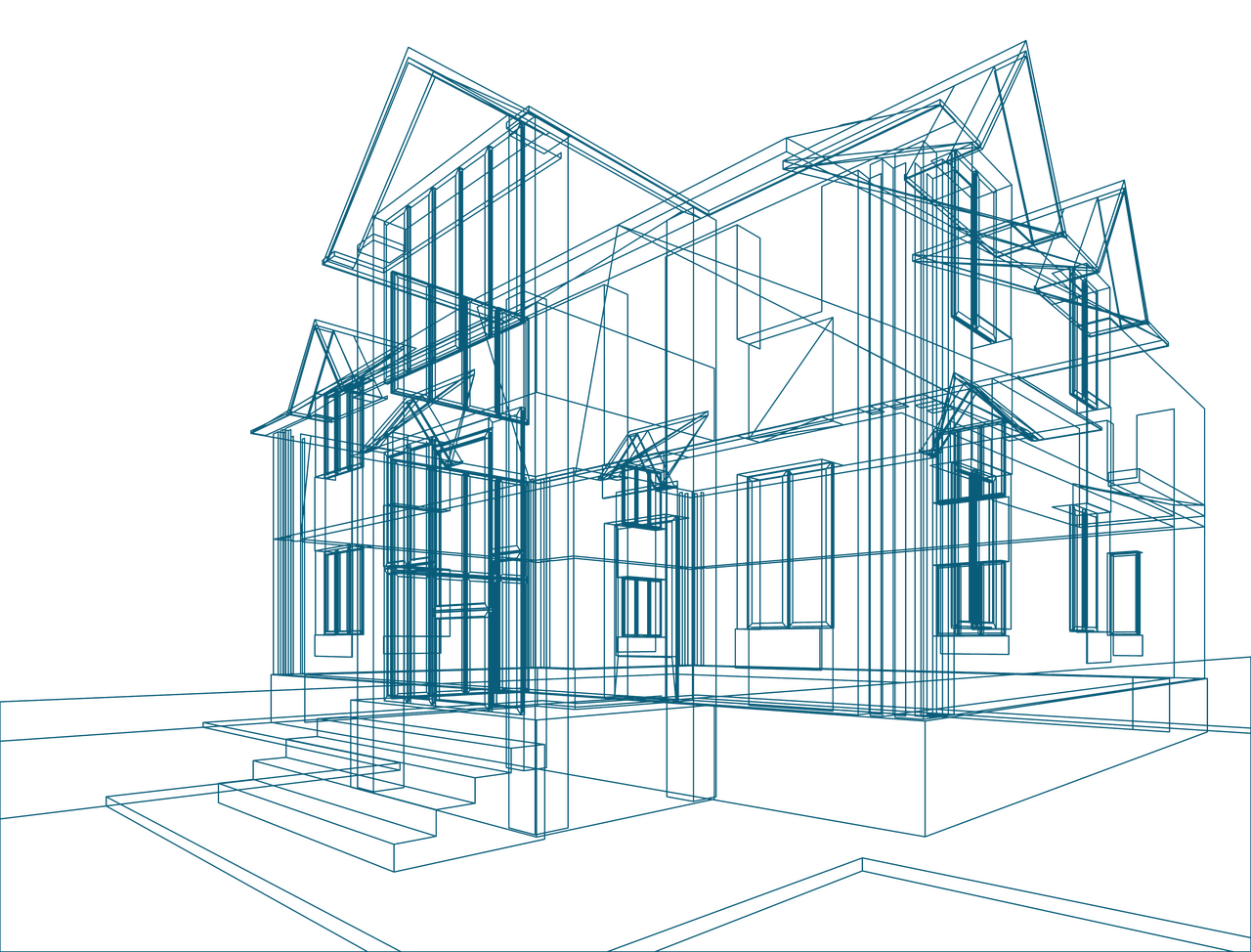

Market report
Sustainability in construction
Delve into the trade-offs between financial realities and eco-friendly ambitions in European construction. Learn how to achieve sustainable building within budget.
Blogs I published 12 September 2025 I Dirk Hoogenboom
When Budget Reality Meets Green Ambition: The Cost – Sustainability Trade-off in European Construction
A well-known meeting goes something like this. The client brief says “make it sustainable,” everyone nods along no questions asked. ESG slides go into the pitch deck, and the first design conversations are full of ambitious prospects – low carbon, renewables, circular materials; an impressive green life cycle.
Then the cost plan drops, and there’s a shift in the conversation. Suddenly the PV array sounded like a good idea, but now makes less sense. The glazing upgrade is too expensive and thermal detailing gets lumped under “value engineering.” Requirements become dispensables, with everyone knowing that the dispensables don’t make the cut.
The latest European Architectural Barometer puts concrete numbers on what we all feel – across eight countries, around 73% of architects say clients ask for sustainability, but a far leaner 31% sees those clients actually willing to invest. In Spain and Poland, the fall-off is brutal; more than half the initial enthusiasm vanishes when the budget’s on the table, and in the Netherlands – where sustainability culture and regulation are stronger – barely half the projects retain investment once costs are shown.
The tension between wanting sustainability and paying for it needs looking at, because it’s the story of the industry right now. And it’s not going to close by itself. To fix it, we need to look at what’s driving initial enthusiasm, what happens when the spreadsheet lands and what it takes to keep green measures alive when budgets tighten.
II.Why Sustainability Starts Strong
At the start of a project, sustainability sounds like an easy win. But the reason it’s there – and how it’s framed – matters.
- ESG pressure from the top
Boards don’t want to issue annual reports without pointing to sustainable projects in the pipeline. So the word “sustainable” makes its way into the project brief, even if there’s no clear take on what it means in technical or cost terms.
- Regulation tightening
Everyone knows codes are heading toward stricter energy and carbon rules. Putting sustainability into the brief feels like insurance. It gives clients a sense they’re future-proofing the asset.
- Marketing optics
A green building plays well with tenants, investors and city authorities. Marketing teams know a solar panel on the roof photographs better than a marginally lower rent.
- Personal conviction
Some clients genuinely care. Some architects push hard from the outset. Those voices can be strong, but they often get diluted once procurement and finance step in.
The key issue here is almost always framing. In the early stages, sustainability is usually pitched as an aspiration, not a requirement. Phrases like “let’s aim for circularity” or “as sustainable as possible” sound ambitious, but they’re vague.
Another nuance is – who’s speaking. At the start, it’s those that mention sustainability for brand or reporting reasons. But the people who will later control the budget – the CFO, cost consultant and contractor – aren’t yet engaged. That disconnect sets the stage for what comes later.
Regional culture also plays a part. In the Netherlands and Belgium, sustainability aspirations are closer to requirements because the culture, meaning regulations and market expectations, is strong. In Poland, Italy or Spain regulation is looser and tenant demand is softer, so sustainability takes a hit. An architect in Amsterdam can point to regulation as leverage. An architect in Warsaw has to argue the case almost from scratch.
III. The Moment of Truth
The first cost plan comes back, and the air in the room shifts instantly. Discussions that were about impact and values turn into talks of premiums and payback periods. Everyone starts scanning the spreadsheet for places to trim. And sustainable measures become a line item. And line items are negotiable.
Who raises the red flag? Nine times out of ten, it’s the cost consultant. Their job is to benchmark against standard spec, and anything above baseline is marked as a “premium.” Contractors follow in suit; they don’t want to price products they’ve never installed, because it raises their risk. And the client, facing pressure to stay within budget, listens to the people showing the numbers.
The psychology here is critical. As soon as sustainability is shown as a separate package, it feels optional. If the PV system, higher-grade insulation or timber façade are grouped under a heading called “sustainability upgrades,” that’s usually code for “cut this if we need savings.”
Then value engineering formalizes the process, stripping out non-essentials. The justifications usually go something like this: “We’ll revisit this in a future phase.” You won’t. “Tenants aren’t asking for this yet.” But when they do, the building will be outdated. “Let’s not take risks on new systems now.” Risk means cost, but the long-term risk of obsolescence is ignored. What’s really happening is that sustainability starts looking discretionary, rather than core design. Once that sets, it’s difficult to come back.
IV. What Gets Cut First
- Invisible Measures
Airtightness, higher-spec insulation, embodied carbon reductions through smarter material selection are the first to go because nobody can see them in the finished building. If the board can’t point to it on a marketing slide, it’s vulnerable. The irony here is that the invisible measures often deliver the biggest real performance gains.
- Upfront Premium Materials
Certified timber, high-spec glazing, upgraded façade systems. They cost more at procurement, they last longer, but their benefits are long-term. Short-term cashflow logic kills them quickly.
- Complex or New Solutions
Anything contractors haven’t installed before carries a risk premium. A material passport system? Urban-mined brick? If it looks like added training, extra procurement work or a liability risk, it gets cut before it even reaches the tender.
- Certification Schemes
LEED, BREEAM, DGNB are easy to promise at the start, and as easy to cut when budgets tighten. Why? Because they’re mostly seen as badges rather than drivers of value. If the budget is under pressure, paying for certification feels like vanity.
What sometimes survives? Visible, photogenic features – green roofs, solar panels, living walls. Not because they’re the best technically, but because they’re tangible. You can walk a tenant through a building and point to them. They show up in press releases. In other words, sustainability survives when it’s easy to see, not necessarily when it’s smart.
V. Dissecting the Cost Problem
- Real vs. Perceived Costs
The industry still treats sustainability as expensive, even though in many cases it doesn’t cost as much as clients think. A heat pump can be cheaper than extending a gas network. Timber can beat concrete on foundation costs. But because cost consultants benchmark against a baseline, any deviation looks like a premium. It’s apples and oranges, but the spreadsheet never shows it that way.
- Lifecycle Disconnect
A big one. Developers carry the capital cost and tenants carry the operational cost. That split incentive breaks most arguments. If you show a five-year payback, and the developer plans to sell in three, they won’t care. Add to that higher discount rates used in many financial models, and 10-year savings look irrelevant.
- Hidden Costs and Risk Premiums
Contractors don’t like unknowns. If they don’t know how to install it, they load risk into the price. If supply chains are thin, they load even more. If detailing is new, they add on time, which inflates prelims. That risk premium makes sustainable options look even pricier, even when the base cost is competitive. This makes the same product too expensive in Spain but affordable in the Netherlands.
VI. When Sustainability Survives
There are some positives, though. Not every project drops the green features. The barometer clearly shows that about 31% of clients still invest even after seeing costs. So, a third powers through. That’s enough to raise morale, and too small to stop pushing. But what’s different about these projects?
- early integration
- sustainability is written into the spec at Stage 0–2, and not bolted on later as an afterthought
- client type
- corporates with long-term ownership, institutions, governments, really anyone holding the building long enough to value the lifecycle savings
- project profile
- flagship HQs, public buildings, high-visibility projects where reputation is at stake
- market maturity
- Netherlands and Belgium have stronger regulations and cultural norms that make sustainability harder to drop
Tips and strategies for compelling pitches:
- make sustainability part of the base specification, not an extra upgrade
- use whole-life cost models side-by-side with capex, not buried in an appendix
- bundle measures; a “sustainable spec” that includes insulation, glazing, HVAC and renewables together is harder to pick apart
- bring contractors in early to de-risk unusual products and cut contingency loading
VII. The Hidden Costs of Not Going Sustainable
This is old news, but still worth discussing: cutting sustainability isn’t free, the real costs just get deferred. Here’s what the pitch sounds like.
- Regulatory Risk
Codes are tightening fast. What you save today, you’ll spend later on retrofits. And retrofitting is always more expensive than designing it right from the start.
- Market Risk
Tenants and investors are increasingly screening for sustainability. Non-compliant buildings face lower rents, higher vacancy and devalued assets.
- Reputation and Competitiveness
The market gap between leaders and laggards is growing. Buildings without credible sustainability credentials risk being stranded in a few short years.
Put quite bluntly, saving 3% on capital today will multiply in retrofits, lost rent or reduced asset value later. So cutting sustainability isn’t really a saving, but a liability.
VIII. Bridging the Gap – What Needs to Change
Is there a way to stop sustainability dying at value engineering? Maybe. The reality is that every project negotiation is a process of its own, and there’s no secret strategy that’ll work on everyone. All you can do is stay on top of new developments and keep talking green. And that’s not insignificant, because sustainability gets a strong and continuous pitch. You’ll change some minds, and the practice will stack up. Here’s what you could do.
Reframing the Conversation
- talk risks instead of motivation
- “this cut will increase retrofit risk” lands harder with a CFO than “this cut will decrease our carbon footprint”
- it’s not manipulation, but speaking the language of the function across from you
- “this cut will increase retrofit risk” lands harder with a CFO than “this cut will decrease our carbon footprint”
- show cashflows, not slogans
- lifecycle and operational costs need to be right next to capital costs
- package sustainability measures so clients aren’t asked to cherry-pick them
Systemic Fixes
- Procurement reform
Lowest-cost tendering is killing sustainability. Procurement has to weight lifecycle cost and carbon.
- Contracts and leases
Green leases align developer and tenant incentives.
- Finance
Green loans and valuation models need to credit lower risk and higher long-term value.
- Policy
Clearer standards and consistent metrics. Our report shows EPDs and embodied carbon tools are gaining traction, but adoption is patchy.
Conclusion
Again, the numbers are clear: 73% of clients ask for sustainability, but only 31% pay when the cost plan arrives. That’s not hypocrisy, but the way our processes are currently set up. We treat sustainability as optional when the spreadsheet arrives, and optional items don’t survive cost-cutting.
The fix isn’t more aspiration. It’s procedural. Make sustainability part of the base spec. Put lifecycle costs on the same page as capex. Involve contractors early to cut risk premiums. Use risk and asset value language with clients, not just ESG slogans.
Our info shows that some markets are already making this work. The Netherlands shows it can be done. Others will have to catch up, because the cost of falling behind is mounting. If you want sustainability to survive, we need to think about specifying it like fire safety. Non-negotiable.





